




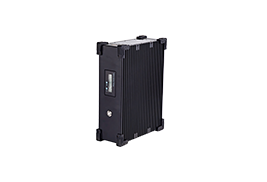
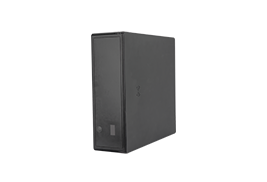
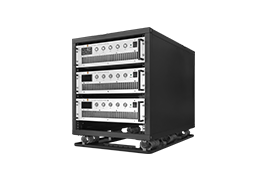
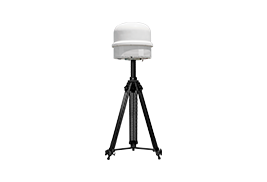
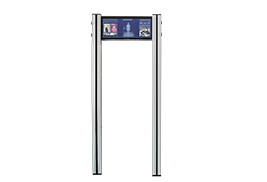
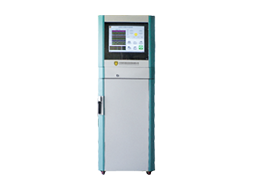


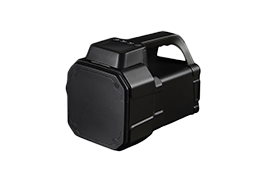
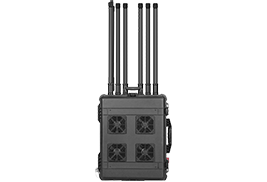
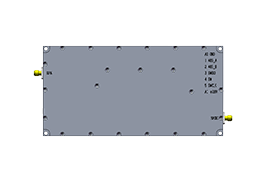
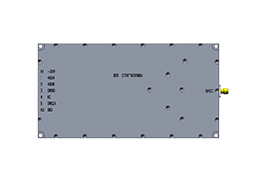
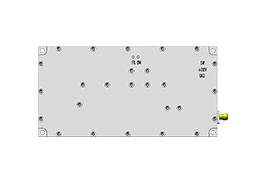
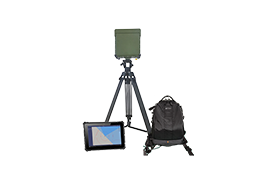
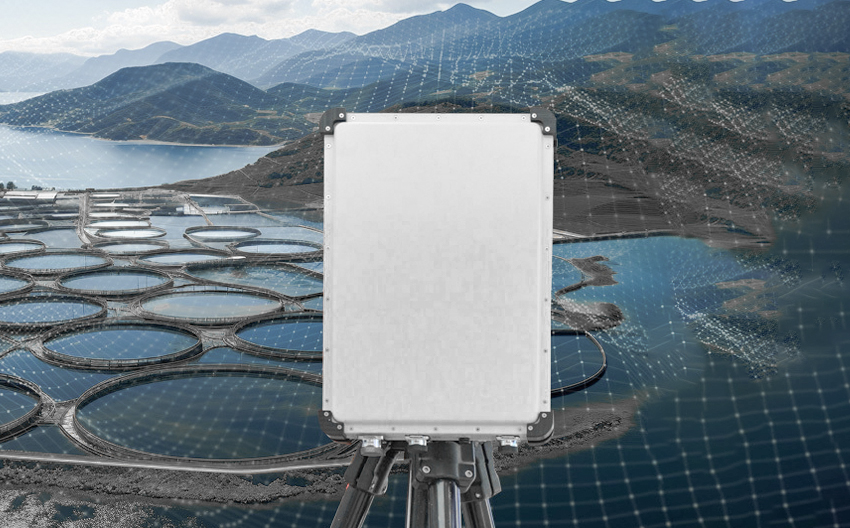
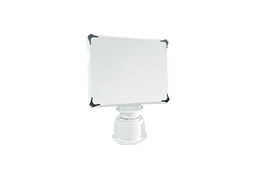
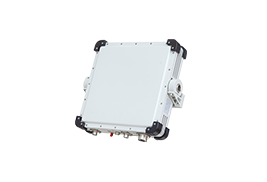



 X
X







 GLOBAL / ENGLISH
GLOBAL / ENGLISH

Maritime border radar systems play a crucial role in enhancing coastal security and monitoring, particularly in the detection of drones. These advanced systems offer several advantages that make them indispensable in securing maritime borders.
1. High-Precision Tracking for Long-Range Detection
One of the primary advantages of maritime border radar systems is their ability to maintain high-precision tracking over long distances. This capability is essential for detecting drones that may pose threats to coastal areas or sensitive maritime infrastructure. The radar system's high-resolution imaging ensures that even small, fast-moving drones can be accurately tracked and identified, providing border defense personnel with reliable data to make informed decisions. This long-range detection is crucial for early warning and response, allowing security forces to act before potential threats reach critical areas.
2. DBF Technology with Multi-Beam Transmission
The use of Digital Beamforming (DBF) technology with multi-beam transmission significantly enhances the radar's anti-jamming capabilities. This technology allows the radar system to transmit multiple beams simultaneously, making it difficult for adversaries to interfere with or jam the radar signals. The DBF technology ensures that the radar can maintain its detection accuracy and reliability even in environments with high electronic interference, such as those caused by other communication systems or deliberate jamming attempts. This robustness is essential for ensuring continuous and accurate monitoring of drones along maritime borders.
3. Advanced Active Phased Array System
The integration of an advanced active phased array system further improves the effectiveness of maritime border radar systems. This system allows the radar to electronically steer its beam without physically moving the antenna, enabling rapid scanning and tracking of multiple targets. The active phased array system enhances the radar's ability to detect drones at various altitudes and speeds, ensuring comprehensive surveillance of the airspace above maritime regions. This technology also enables the radar to quickly adapt to changing environmental conditions, such as weather or sea state, maintaining optimal performance in all scenarios.
4. Refined Product Reliability and Efficiency
Maritime border radar systems are continually refined to ensure a perfect balance between detection effectiveness, product reliability, usability, and cost-efficiency. This ongoing refinement process includes enhancing the system's hardware and software components to improve durability and reduce maintenance requirements. The result is a highly reliable and efficient radar system that provides long-term value for maritime security operations. The emphasis on usability ensures that the radar system can be easily operated by personnel, reducing the training time and resources needed to deploy and maintain the system.












